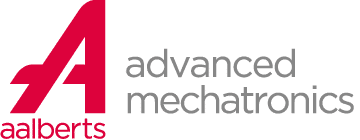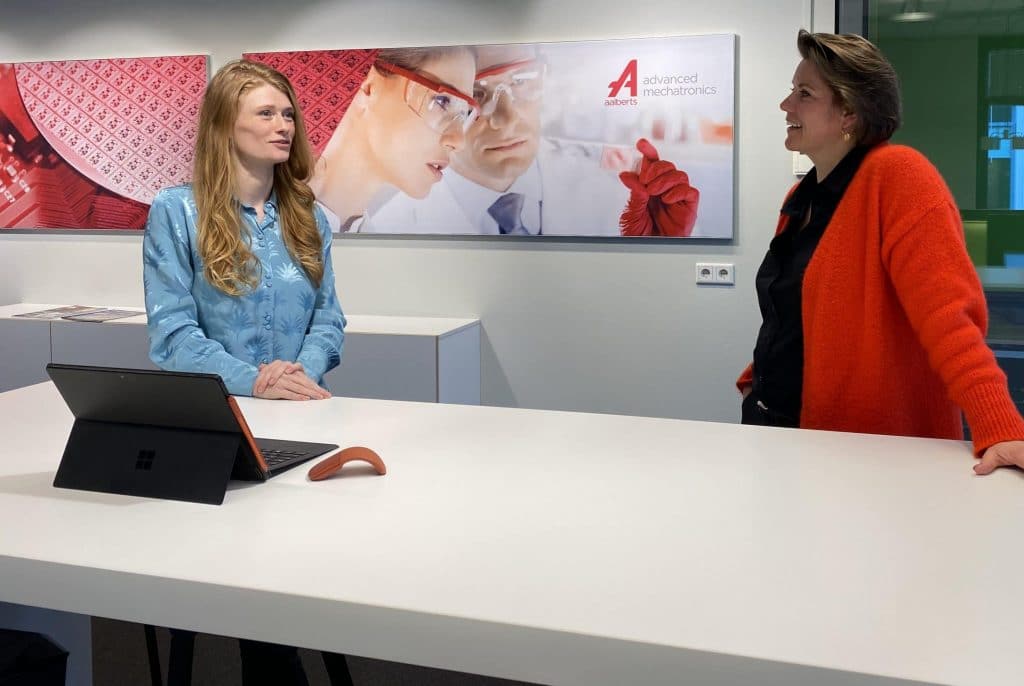case study: vibration free MRI on a cruiseship
vibration-free MRIs on a cruise ship
How do you ensure that an MRI scanner on board a ship generates top quality images when it’s sailing? Together with two other specialists Aalberts advanced mechatronics took up the challenge and pulled it off. Medical experts evaluated the operation of the scanner at sea and found that the image quality is even better than that of onshore MRI systems.
Cruise ships in the highest class offer passengers every amenity imaginable. Even a health check is possible. But a state-of-the-art MRI suite on board? To date, this service is only offered by a Chinese shipping company, on a cruise ship built in Germany.
complex environmental factors
Developing an MRI solution that generates impeccable images on board a ship is a huge challenge. When it sails, a ship sways on the waves, moving up and down and from left to right, and slightly slanting when travelling at high speed. In addition, the engines cause resonance/vibrations, which can be felt everywhere on the ship due to the steel structure.
To achieve a properly functioning MRI system, these very difficult environmental factors had to be compensated for or, preferably, neutralised. An MRI supplier, a designer and builder of MRI suites and vibration isolation expert Aalberts advanced mechatronics were undaunted by the challenge of jointly developing the most optimal solution.

range of challenges
A wide range of challenges had to be tackled. The MRI supplier had to fine-tune the system configuration, and the suite builder had to come up with a solution to screen off the extremely high magnetic radiation generated by the MRI systems from the steel structure of the ship. And Aalberts advanced mechatronics faced the challenge of neutralising the engine vibration and swaying of the ship.
The MRI system stands on a state-of-the-art, air-suspended platform, which can basically neutralise all vibrations and swaying. In stormy weather, this can result in the ‘patient’ lying still, but everything around them moving violently. That is not a situation where you feel safe and comfortable. So Aalberts advanced mechatronics suggested limiting the vibration compensation to an undulation of 20 centimetres. Patients can well tolerate undulations below this limit, but not above it. When the limit is exceeded, the floor on which the MRI scanner stands moves with the undulation of the waves, but scanning result is still good.

active vibration control
Hence, a complex control solution was required that reduces the disturbances to an optimal, while excluding other vibrations not responsible for imaging quality deterioration (of larger amplitude, in the range of 3 Hz) from the vibration control. To provide the optimal solution for imaging quality and comfort & safety for the patient, Aalberts Advanced Mechatronics developed a fully active vibration isolation control, with advanced control algorithms to distinguish between different disturbance sources.
Roland Kappel, Director of Product Development at Aalberts advanced mechatronics: ‘We are proud that we have been able to successfully apply our in-house knowledge and expertise in this new, very challenging application. Our engineers have pulled out all the stops to come up with an optimal solution.’
proud of end result
A trial run to test and optimise the selected solutions showed that the vibration isolation technology works well. The results are even better than onshore MRI systems. This has been confirmed by independent medical experts.
extra information
related
contact
Interested in advanced mechatronics!
We are here to help. Get advice on how we can develop solutions to your challenges or learn more about our range of propositions.





